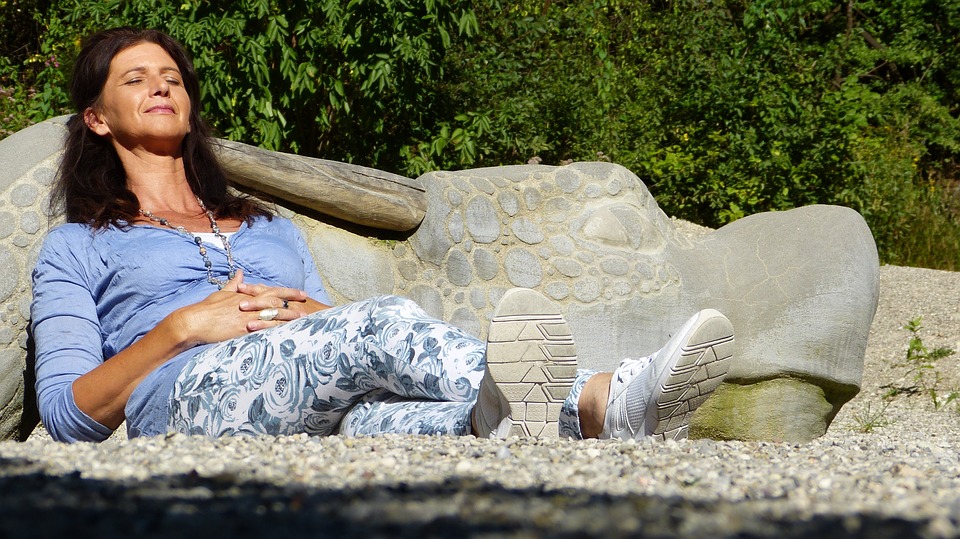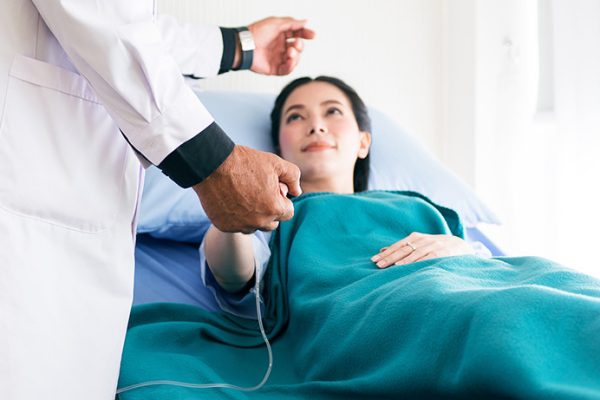The body produces multiple forms of androgens that serve important physiological roles in both men and women. In this post, we look at the all important precursor hormone D HE As as well as break down the Estrogens in ‘plain speak’. There is a lot more to the hormone story, but it’s these basics that we first need to understand if we are looking to maximize performance.
DHEA-S, what are they and how do they help?
DHEA-S (dehydroepiandrosterone-sulfate) and DHEA (dehydroepiandrosterone) are androgens that are made in the adrenal glands. The sulfate (-S) group on DHEA helps to stabilize and store DHEA in the blood until it is needed.
DHEA is the precursor of multiple steroid hormones including the sex hormones, estrogen and testosterone. Therefore, DHEA is an important hormone for sexual function, but is also related to bone health, mood, metabolism and maintenance of energy levels. Testosterone is made in the testes and the ovaries, from precursors made in the adrenal gland (DHEA). Therefore, poor adrenal function can lead to lowered testosterone production. Measuring DHEA-S in saliva is a reliable measure of DHEA production and an indicator of adrenal function in both men and women.
Testosterone has potent masculinising actions, which is why it is predominantly made in men (but smaller amounts are needed in women). Testosterone influences sex drive, fertility and mood. It also boosts muscle growth and bone strength and contributes to energy and fitness. Healthy DHEAs will contribute to better testosterone and estrogens hormone regularity.
What are Pulsating Hormones?
Many of the hormones that regulate our physiology, including sleep, reproductive function, fat storage, or stress response are not steady-state, but pulsate in a daily or monthly rhythm. But how do we measure this ‘pattern’ without becoming a pin-cushion, stuck at the clinic all day?
Here in Australia, one way is at home saliva testing. By using the Multi Point Sample Collection Method, a clearer view of the hormones secretion pattern emerges, providing enhanced insight into the hormones health.
Estrogens 1.2.3 Unpacked
The body produces multiple forms of estrogens that serve important physiological roles in both men and women. Estrogens are made in multiple tissues including the reproductive organs (ovaries and testes), but also liver, fat, adrenal glands and the brain. TestoChecker® at home hormone testing kits test the three major types of estrogens:
What are the types of Estrogen?
Estradiol [E2] is the most potent acting and abundant form of estrogen that is predominantly produced by the ovaries and testes (smaller amounts in men). Estradiol is converted from testosterone and plays an important role in building and maintaining bone mineral density and strength. Estradiol is responsible for fat deposition and has roles in cardiovascular health. In women, estradiol regulates reproductive function including puberty and breast development, and has an essential role in the menstrual cycle, peaking prior to ovulation.
Estrone [E1] is a weak(er) form of estrogen mainly produced in fat cells and a small amount in the reproductive organs. Estrone is produced in both sexes and can act in its own right or be converted into estradiol (E2). During menopause, when estradiol levels fall sharply, estrone can compensate somewhat for the decline in estradiol.
Estriol [E3] is the weakest form of estrogen and has a role during pregnancy. Estriol is mostly made in the placenta and is the most abundant form of estrogen during pregnancy. Estriol may contribute to morning sickness and block the action of other forms of estrogen including estradiol (E2).
When working correctly, our hormones can be our little helpers, providing strength and motivation at the right time, and assisting with sleep when we need it.
Saliva Hormone testing in Australia has improved considerably and it can be performed at home. An advantage of at-home hormone saliva testing is that it permits a detailed assessment of true hormone output over a period of time. Worth investigation at least.
Happy hormones !!
Written By Sarah P Henderson





